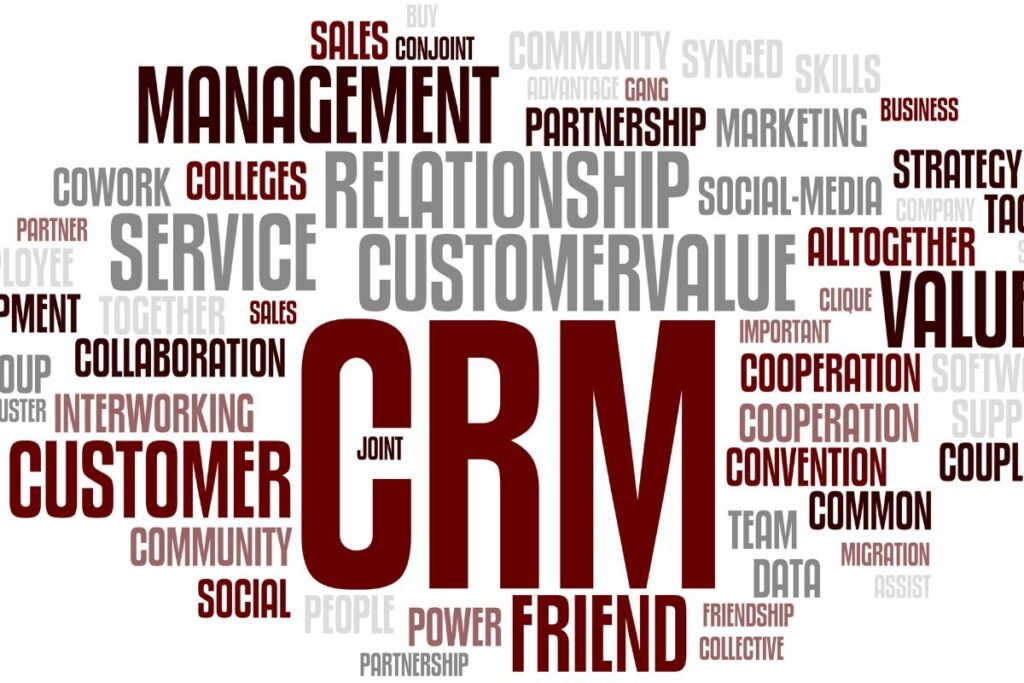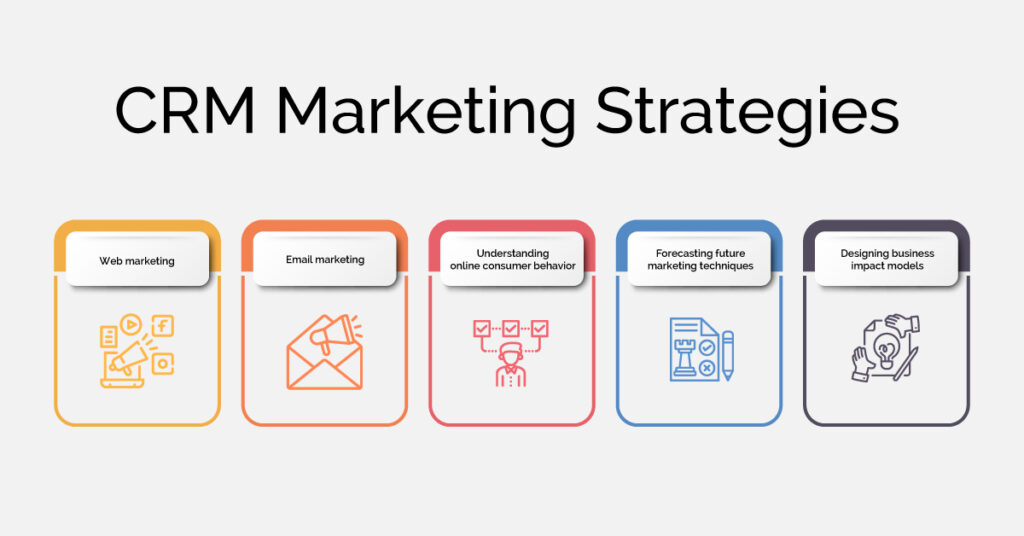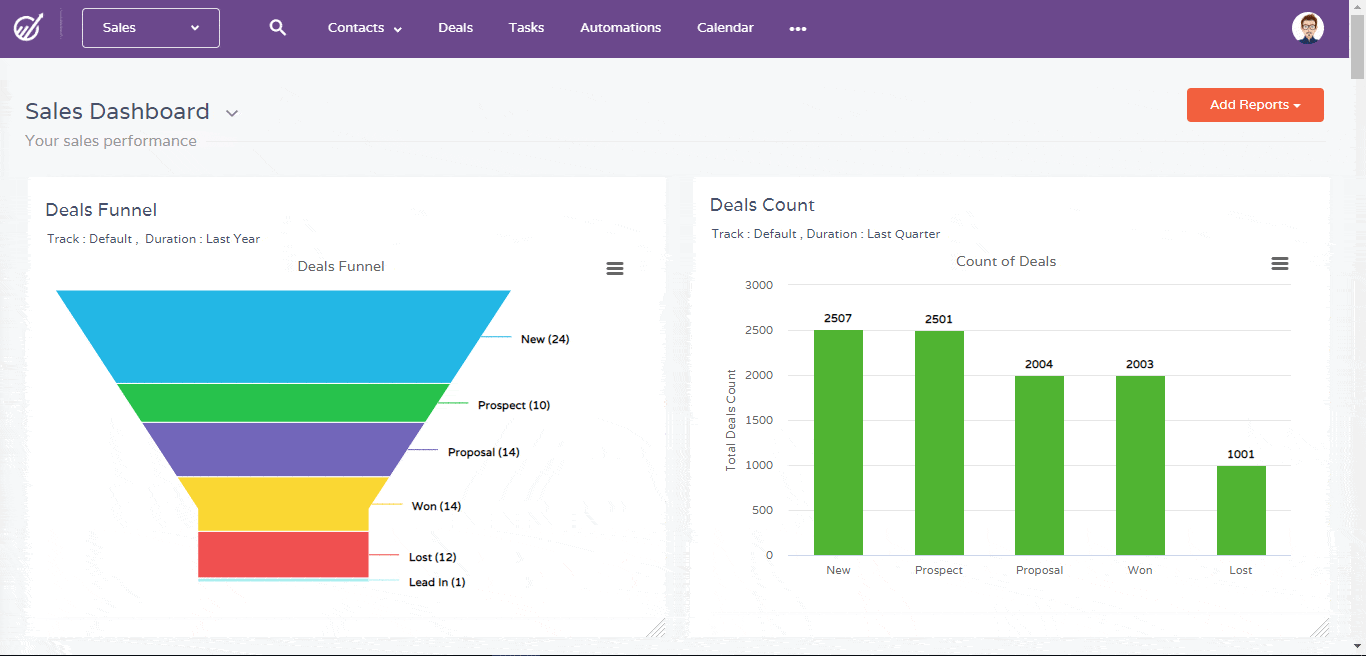
Supercharge Your Growth: A Deep Dive into CRM, Content Marketing, and the Winning Combination
In today’s hyper-competitive business landscape, simply having a great product or service isn’t enough. You need a strategic approach that attracts, engages, and retains customers. This is where the dynamic duo of Customer Relationship Management (CRM) and Content Marketing comes into play. When these two powerhouses are combined, they create a synergistic effect, driving growth and building lasting customer relationships. This article will delve deep into the world of CRM and content marketing, exploring their individual strengths and, most importantly, how they can be harnessed together for unparalleled success.
Understanding the Pillars: CRM and Content Marketing
What is CRM?
At its core, Customer Relationship Management (CRM) is a strategy for managing a company’s interactions with current and potential customers. It involves using technology to organize, automate, and synchronize business processes, primarily to improve sales, marketing, customer service, and technical support. Think of it as the central nervous system of your customer-facing operations. A good CRM system helps you:
- Centralize Customer Data: Consolidate all customer information, including contact details, purchase history, communication logs, and preferences, into a single, accessible location.
- Improve Sales Efficiency: Automate repetitive tasks, track leads, manage sales pipelines, and gain insights into sales performance.
- Enhance Customer Service: Provide personalized support, track customer issues, and resolve problems efficiently.
- Boost Marketing Effectiveness: Segment your audience, personalize marketing campaigns, and track campaign performance.
The benefits of implementing a CRM system are numerous. It can lead to increased sales, improved customer satisfaction, reduced operational costs, and better decision-making. Popular CRM platforms include Salesforce, HubSpot, Zoho CRM, and Microsoft Dynamics 365.
The Power of Content Marketing
Content marketing is a strategic marketing approach focused on creating and distributing valuable, relevant, and consistent content to attract and retain a clearly defined audience — and, ultimately, to drive profitable customer action. It’s about providing your audience with information that educates, entertains, or solves their problems, thereby building trust and establishing your brand as a thought leader. This can take many forms, including:
- Blog Posts: Share industry insights, answer customer questions, and provide valuable information.
- Videos: Create engaging video content that demonstrates your products, explains complex topics, or tells compelling stories.
- Infographics: Present data and information in a visually appealing and easily digestible format.
- Ebooks and Whitepapers: Offer in-depth resources that provide valuable knowledge and expertise.
- Social Media Content: Engage with your audience, share updates, and build a community.
- Podcasts: Create audio content that provides valuable information and insights.
The key to successful content marketing is to understand your target audience and create content that resonates with them. By consistently providing valuable content, you can attract potential customers, nurture leads, and build brand loyalty. Content marketing is not just about selling; it’s about building relationships.
Why CRM and Content Marketing are a Match Made in Heaven
While CRM and content marketing might seem like distinct disciplines, they are, in reality, highly complementary. When used together, they can create a powerful synergy that amplifies the effectiveness of both. Here’s how they work together:
1. CRM Provides the Foundation for Targeted Content
CRM systems provide a wealth of customer data, including demographics, purchase history, browsing behavior, and communication preferences. This data is invaluable for content marketing. By understanding your customers’ needs, interests, and pain points, you can create highly targeted content that resonates with them. For example:
- Segment Your Audience: Use CRM data to segment your audience based on various criteria, such as industry, job title, or stage in the buying cycle.
- Personalize Content: Tailor your content to specific customer segments, addressing their unique needs and interests.
- Target the Right Channels: Use CRM data to determine which channels your target audience is most active on, such as social media, email, or your website.
2. Content Marketing Drives Leads and Feeds the CRM System
Content marketing is an excellent tool for generating leads and attracting potential customers. By creating valuable content, you can capture the attention of your target audience and encourage them to provide their contact information. This information can then be fed directly into your CRM system, allowing you to nurture leads and track their progress through the sales funnel. Here’s how:
- Lead Magnets: Offer valuable content, such as ebooks, whitepapers, or webinars, in exchange for contact information.
- Landing Pages: Create dedicated landing pages for your content, with forms that collect lead data.
- Call-to-Actions (CTAs): Encourage visitors to take action, such as signing up for your email list or requesting a demo.
3. Nurturing Leads and Building Customer Relationships
Once leads are captured in your CRM, you can use content marketing to nurture them and move them through the sales funnel. This involves creating a series of targeted content that addresses their needs and interests at each stage of the buying cycle. For instance:
- Top-of-Funnel (TOFU) Content: Create awareness-building content, such as blog posts and social media updates, to attract potential customers.
- Middle-of-Funnel (MOFU) Content: Provide more in-depth content, such as ebooks and webinars, to educate leads and build trust.
- Bottom-of-Funnel (BOFU) Content: Offer product demonstrations, case studies, and pricing information to convert leads into customers.
By using content marketing to nurture leads, you can build stronger customer relationships and increase your chances of closing deals.
4. Measuring and Optimizing for Success
Both CRM and content marketing are data-driven disciplines. By integrating them, you can gain valuable insights into the performance of your marketing efforts. Your CRM can track the impact of your content on lead generation, sales, and customer retention. This data can then be used to optimize your content strategy and improve your overall marketing ROI. Consider these metrics:
- Lead Conversion Rates: Track the percentage of leads that convert into customers.
- Sales Revenue: Measure the revenue generated from leads that originated from your content marketing efforts.
- Customer Lifetime Value (CLTV): Analyze the value of customers acquired through your content marketing.
- Content Engagement Metrics: Track metrics such as website traffic, social media engagement, and email open rates.
Implementing a Winning CRM and Content Marketing Strategy
Successfully integrating CRM and content marketing requires a strategic approach and a clear understanding of your goals. Here’s a step-by-step guide to help you get started:
1. Define Your Goals and Objectives
Before you start, it’s essential to define your goals and objectives. What do you want to achieve with your CRM and content marketing efforts? Are you looking to increase sales, improve customer satisfaction, or build brand awareness? Clearly defined goals will help you align your strategies and measure your success.
2. Choose the Right CRM and Content Marketing Tools
Select CRM and content marketing tools that meet your specific needs. Consider factors such as features, scalability, and integration capabilities. Some popular CRM platforms include Salesforce, HubSpot, and Zoho CRM. For content marketing, tools like WordPress, SEMrush, and BuzzSumo can be invaluable.
3. Integrate Your CRM with Your Content Marketing Platform
Ensure seamless integration between your CRM and content marketing platform. This will allow you to share data between the two systems and automate workflows. Most CRM platforms offer integrations with popular content marketing tools, such as email marketing platforms and social media management tools.
4. Segment Your Audience and Create Targeted Content
Use your CRM data to segment your audience based on various criteria. Then, create targeted content that resonates with each segment. This might involve creating different blog posts, ebooks, or email campaigns for different customer groups.
5. Nurture Leads and Build Relationships
Develop a lead nurturing strategy that uses content marketing to guide leads through the sales funnel. This might involve sending automated email sequences or creating personalized content based on their interests and behavior.
6. Measure and Analyze Your Results
Track the performance of your CRM and content marketing efforts. Use your CRM data to measure lead conversion rates, sales revenue, and customer lifetime value. Analyze your content engagement metrics to determine which content is most effective.
7. Continuously Optimize and Improve
Based on your results, continuously optimize your CRM and content marketing strategies. Experiment with different content formats, targeting methods, and lead nurturing campaigns. Regularly review your data and make adjustments as needed.
Real-World Examples of CRM and Content Marketing in Action
To illustrate the power of CRM and content marketing, let’s look at some real-world examples:
Example 1: SaaS Company
A SaaS company uses its CRM to segment its audience into different customer segments, such as free trial users, paying customers, and enterprise clients. They then create targeted content for each segment. For example, they might create:
- Free Trial Users: A series of onboarding emails and blog posts that help them get started with the product.
- Paying Customers: Case studies, webinars, and advanced tutorials that demonstrate the value of the product and encourage them to upgrade.
- Enterprise Clients: Whitepapers and industry reports that showcase the company’s expertise and build trust.
They track the performance of their content in their CRM, measuring lead conversion rates, sales revenue, and customer lifetime value. They use these insights to refine their content strategy and improve their overall marketing ROI.
Example 2: E-commerce Business
An e-commerce business uses its CRM to track customer purchase history and browsing behavior. They then create personalized product recommendations based on this data. For example, they might send:
- Abandoned Cart Emails: Reminders to customers who left items in their shopping carts.
- Product Recommendation Emails: Emails that suggest products based on their past purchases.
- Loyalty Program Emails: Emails that reward loyal customers with exclusive discounts and offers.
They use their CRM to track the conversion rates of these emails and the revenue generated from each campaign. They use these insights to optimize their email marketing strategy and increase sales.
Example 3: B2B Services Company
A B2B services company uses its CRM to manage its sales pipeline and track leads. They then use content marketing to nurture leads and build relationships. For example, they might:
- Create a blog that shares industry insights and answers customer questions.
- Offer a free ebook or whitepaper in exchange for contact information.
- Host webinars that showcase their expertise and demonstrate the value of their services.
They track the performance of their content in their CRM, measuring lead generation, sales revenue, and customer lifetime value. They use these insights to refine their content strategy and improve their lead nurturing process.
Overcoming Challenges and Maximizing Success
While the combination of CRM and content marketing offers significant advantages, there can be challenges. Let’s address some common hurdles and how to overcome them:
1. Data Silos
One of the biggest challenges is data silos, where customer data is scattered across different systems and departments. To overcome this, invest in a CRM system that integrates with your other business tools. Ensure all teams have access to the same customer data.
2. Lack of Integration
Without proper integration between your CRM and content marketing platform, you’ll struggle to share data and automate workflows. Choose platforms that offer native integrations or use third-party tools to connect them. Regular audits of your integrations are also important.
3. Inconsistent Messaging
Ensure your content aligns with your brand’s voice, values, and messaging. Train your content creators and sales teams on the brand guidelines to maintain consistency across all channels.
4. Measuring ROI
Measuring the ROI of your content marketing can be challenging. Use your CRM to track key metrics like lead generation, conversion rates, and revenue. Implement attribution models to understand how content contributes to sales.
5. Content Creation Bottlenecks
Producing high-quality content consistently can be time-consuming. Develop a content calendar, outsource content creation, or repurpose existing content to streamline the process.
The Future of CRM and Content Marketing
The convergence of CRM and content marketing is not just a trend; it’s the future of customer engagement. As technology advances, we can expect to see even greater integration and personalization. Here’s a glimpse into what the future holds:
1. Artificial Intelligence (AI) and Machine Learning
AI and machine learning will play an increasingly important role in both CRM and content marketing. AI can be used to personalize content, automate workflows, and predict customer behavior. Machine learning can analyze vast amounts of data to identify patterns and insights that would be impossible for humans to detect.
2. Hyper-Personalization
Customers expect personalized experiences. CRM and content marketing will enable businesses to deliver highly personalized content and offers based on individual customer preferences and behaviors. This will involve using data to tailor content to each customer’s unique needs and interests.
3. Enhanced Customer Journeys
CRM and content marketing will be used to create seamless customer journeys across all touchpoints. This will involve mapping out the customer journey and creating content that addresses their needs at each stage. The goal is to provide a consistent and engaging experience that leads to customer loyalty.
4. Voice Search Optimization
Voice search is becoming increasingly popular. Businesses will need to optimize their content for voice search to reach customers who are using voice assistants. This will involve using conversational language, answering customer questions directly, and optimizing for local search.
5. Video Content Dominance
Video content is already a powerful marketing tool, and its importance will continue to grow. Businesses will need to create engaging video content that educates, entertains, and inspires their target audience. This will involve using video to tell compelling stories, demonstrate products, and build brand awareness.
Conclusion: The Power of Together
CRM and content marketing are two powerful tools that, when combined, can transform your business. By leveraging the data in your CRM system, you can create highly targeted content that resonates with your audience. By using content marketing to generate leads and nurture relationships, you can drive sales and build brand loyalty. The key to success is to integrate your CRM and content marketing efforts and continuously measure and optimize your results. Embrace this dynamic duo and unlock the full potential of your marketing strategy. The future of customer engagement is here, and it’s powered by the harmonious relationship between CRM and content marketing.


